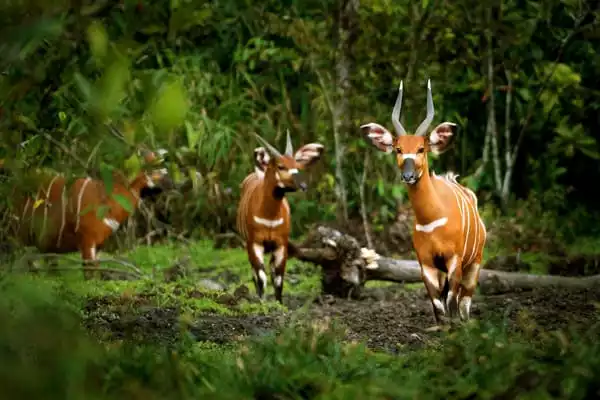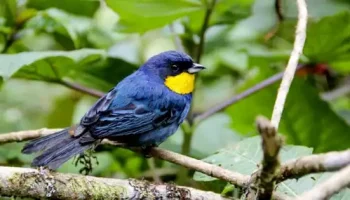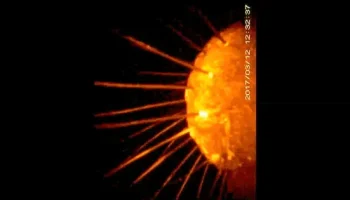The Congo Basin is one of the most significant wilderness places on the planet. The Congo Basin, which comprises over 1.2 million square miles of primary rainforest or 500 million acres, is larger than the state of Alaska and is the world’s second-largest tropical forest. The Congo Basin rainforest is critical to global climate regulation. A plan to slow the forest’s degradation is being implemented within it.
The rainforest is vital to global climatic stability and encompasses six nations in central Africa: the Democratic Republic of the Congo, Cameroon, the Central African Republic, the Republic of the Congo, Gabon, and Equatorial Guinea. The Amazon has 519 million hectares (2 million square miles) of primary rainforest. The Congo Rainforest accounts for 18% of the world’s surviving rainforest. Congo Basin forests absorb around 1.2 billion tons of CO2 per year and store one-third more carbon than the Amazon over the same geographical area.
The center region of the Congo basin, known as the cuvette, is a massive depression comprising Quaternary alluvial deposits resting on heavy sediments of continental origin, primarily sands, and sandstones. These underlying sediments generate outcrops on valley floors towards the cuvette’s eastern boundary. The filling of the cuvette, on the other hand, began considerably sooner. Boreholes have indicated that significant sediment has accumulated since the late Precambrian periods (i.e., at least 542 million years ago), resulting from the erosion of formations located surrounding the cuvette’s periphery.
Plants and Animals
The Congo Basin is one of the world’s most biodiverse ecosystems, with 10,000 tropical plants, 30 percent of which are unique to the area. There are also 400 mammal species, 600 tree species, 10,000 animal species, 1,000 bird species, and 700 fish species, as well as endangered animals including forest elephants, chimps, and bonobos. In comparison to the Amazon or Borneo forests, Central African woods have a lower proportion of smaller trees, according to researchers. This is due to elephants and other big herbivores eating on the smaller trees, limiting competition for the enormous trees and keeping their density low. Forests tend to be thicker and smaller in locations where animal populations have decreased owing to hunting.

Some facts about the Congo rainforest
- The forest provides food and fuel to 40 million people in the Democratic Republic of Congo.
- The average temperature in this jungle is 77 degrees Fahrenheit (25 degrees Celsius).
- Teak trees abound in the Congo’s jungles. Teak wood is really popular.
- Some parts of the rainforests are so densely packed that just 1% of sunlight reaches the ground.
- Between 1990 and 2000, Central Africa lost 91,000 square kilometers of rainforest to deforestation.
- Due to an increase in commercial logging, land removal for agriculture, and other factors, it is becoming a more vulnerable environment.
- The Congo River, which runs through the forest, is the world’s second biggest river.
- The area’s population grows by 1.7 million people per year, putting a strain on the forest’s resources for food, fuel, and shelter.
Threats
The ability of the rainforest to absorb carbon dioxide is decreasing as a result of climate change. Many native species are threatened by the unsustainable shooting of animals for the commercial bushmeat industry in the Congo Basin. One of the primary drivers of animal decline in the Congo Basin is the commercial bushmeat trade. Every year, about a million tons of bushmeat are consumed in the Democratic Republic of the Congo. This profitable industry threatens various species, including monkeys, antelopes, and gorillas. However, because bushmeat is a main source of revenue for households in isolated sections of the forest, fighting the trade offers difficulty.





